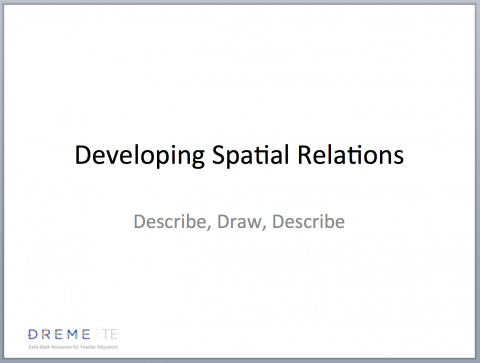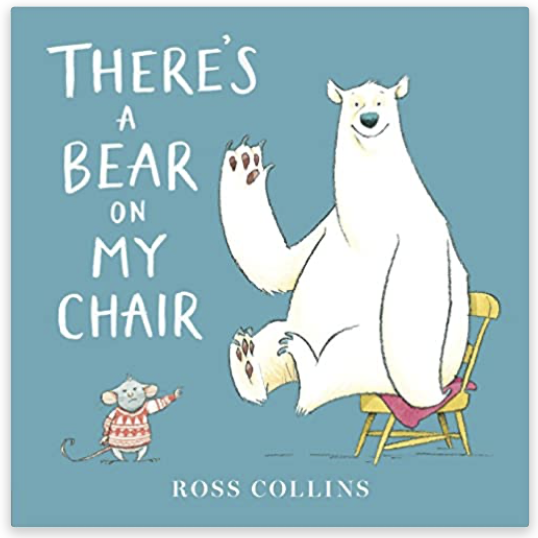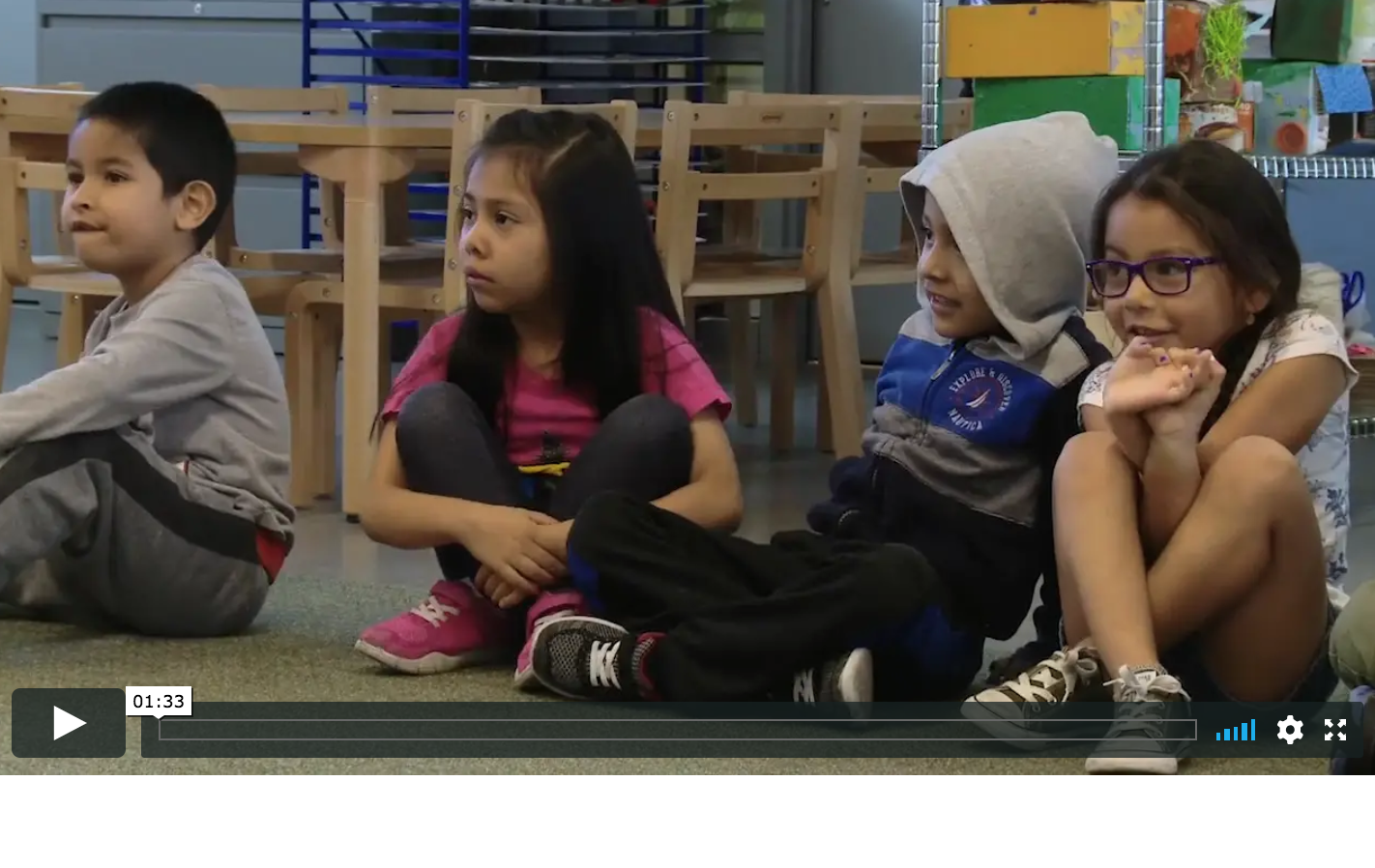This resource provides an overview of how teacher educators can engage participants in Describe, Draw, Describe (DDD). The components have been developed to provide support for connecting children's ideas about spatial relations and pedagogy.
by Megan Franke and Angela Chan Turrou
Revised April 4, 2019
Activity for Teacher Educators
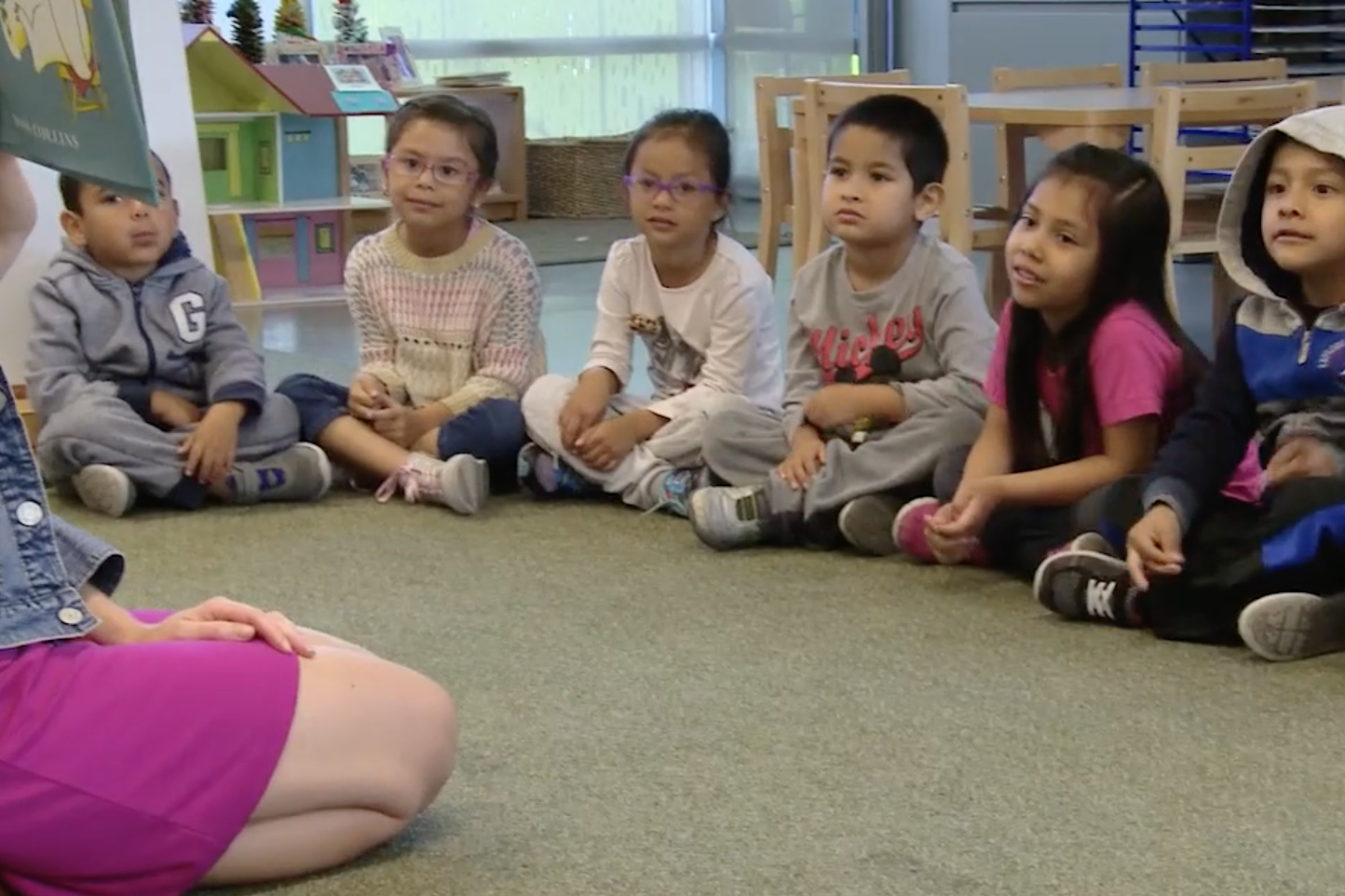 Describe, Draw, Describe (DDD) is an activity that teachers can use to engage children in developing spatial relations ideas. The activity, described here, creates opportunities for children to describe what they see in an image, draw what they see, and then describe what they drew. The describing allows children to work on both seeing things in relation to one another and in space, and learning how they can describe those relationships. As they represent what they see, children put into action their thinking about the relationships to show what they see. The activity can be used in pieces, for example only asking children to describe an image or only asking them to draw what they see. Or the pieces of the activity can be used together to connect describing and drawing.
Describe, Draw, Describe (DDD) is an activity that teachers can use to engage children in developing spatial relations ideas. The activity, described here, creates opportunities for children to describe what they see in an image, draw what they see, and then describe what they drew. The describing allows children to work on both seeing things in relation to one another and in space, and learning how they can describe those relationships. As they represent what they see, children put into action their thinking about the relationships to show what they see. The activity can be used in pieces, for example only asking children to describe an image or only asking them to draw what they see. Or the pieces of the activity can be used together to connect describing and drawing.
What we have outlined here can be used with preservice and inservice teachers to support their learning about engaging children in the DDD task, as well as what to look for in children’s spatial relations understanding.
This activity gives participants a chance to understand the mathematical work that children are doing when they describe spatial relations. We ask them to describe a given image, as well as consider what children would say. We want participants to become familiar with a set of spatial ideas in children’s descriptions that they can listen for and support.
Preparation. Whenever possible, it is best to try the activity out with real children first! You will be able to leverage your own experience with children and what you noticed about their participation and learning. Additionally, if you ask them to draw what they see, you can collect their work samples and explore them with participants (we have also provided you some work samples in the powerpoint, downloadable below.) Additionally, participants should have access to the Describe, Draw, Describe handout, either electronically or in printed form.
Start by sharing an image with the participants, just as we would with children.
You can show an image using a document camera or overhead projector; you can share a page from a picture book, or even draw on the white board. Ask participants to “describe what you see.” The language of what you see is purposeful. We want participants to understand that there are multiple ways to describe and recognize, and that we may not all see an image in the same way. We encourage participants to describe what makes sense to them, in the language they have to describe it. The participants together will generate a range of ideas. You will see that one person’s noticings will stimulate other responses.
Use what was generated to sort the responses (what was noticed) based on the spatial ideas addressed.
You can allow the participants to create the categories or you can provide them. The chart below provides a set of spatial relation ideas you could use for sorting.
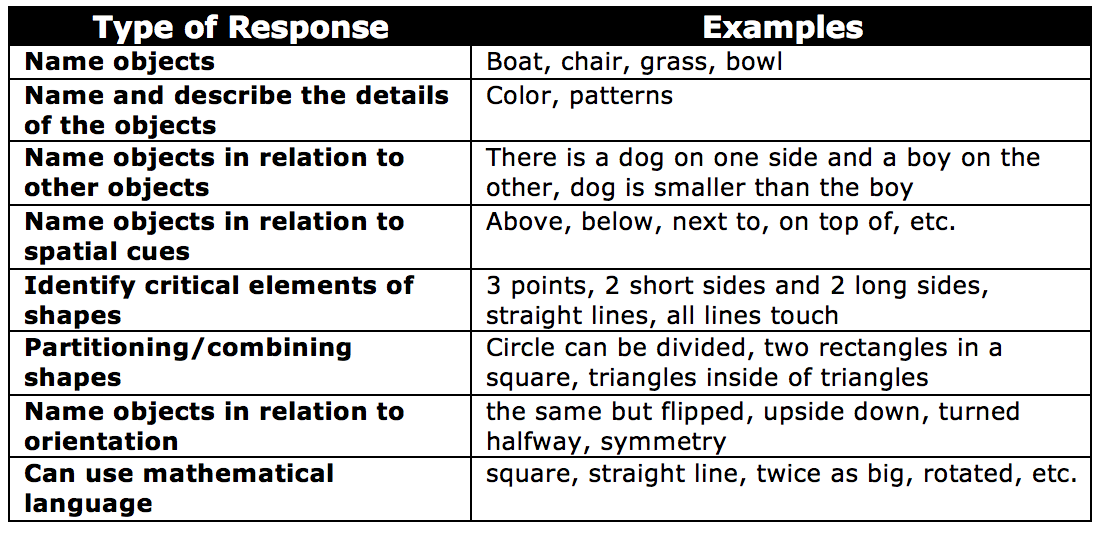
Once participants have talked about what is the same and different about the responses you can also determine what types of responses did not occur and consider why.
Repeat with a different image.
Provide the participants with a new image that is likely to get them to notice different spatial ideas. For instance, choose an image that shows movement or items stacked.
Follow the same procedure above. Then discuss what was the same and different about what was initially noticed. Try to find examples of images that will elicit responses related to each category in the chart above.
Use artifacts of practice to deepen engagement.
After participants have discussed the mathematical ideas that emerge within this task, you can deepen their engagement with Describe, Draw, Describe (DDD) and spatial relations by exploring artifacts of practice.
Student Work Samples. Look through a variety of student work samples of what children drew. You can use what you have collected yourself or some of the examples included in the powerpoint. As always, support participants to focus on what children know and what children can do.
Classroom video. Watch and discuss classroom video examples together to support participants in generating ideas of how they might take up this activity in their own classrooms. Some videos and reflection questions you might use are available here.

